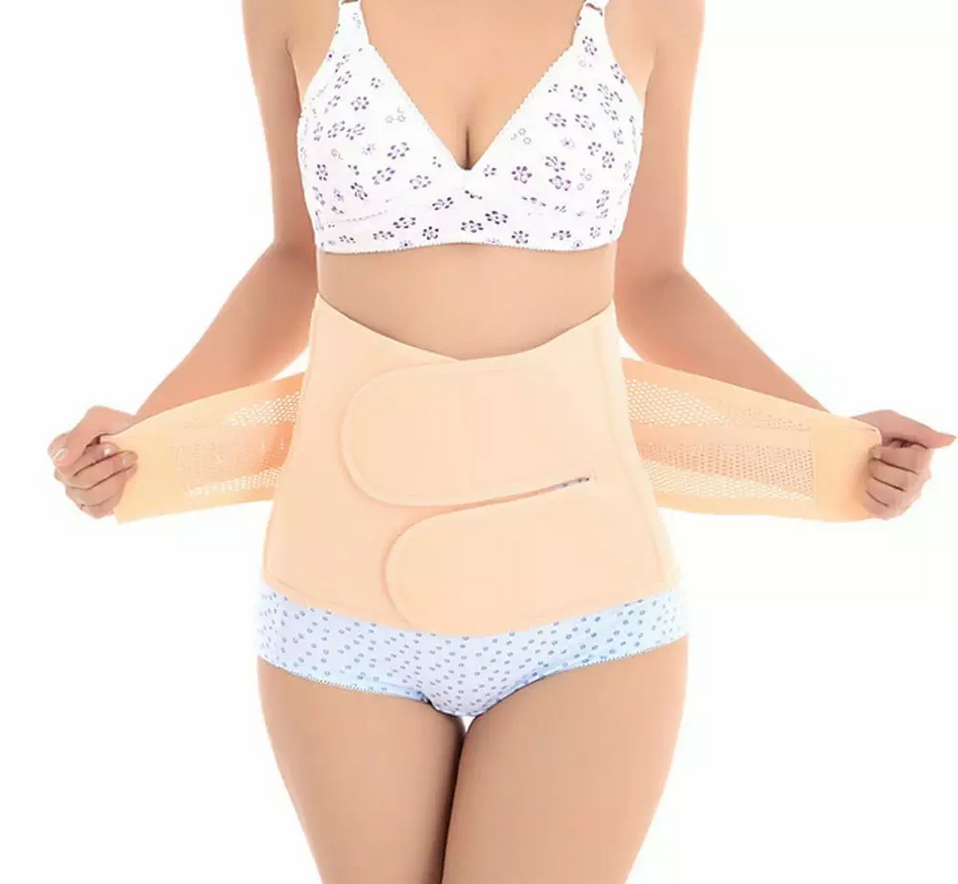
After undergoing liposuction, wearing a compression garment is a crucial element of the healing process as it significantly impacts the outcomes of any body contouring cosmetic surgery. Today, we’ll address some of the most common questions regarding compression garments so that you don’t overlook their importance. How long should you wear the garment after liposuction? What’s its impact? What are the right materials?
What are the benefits of wearing a garment after liposuction of the abdomen or thighs, for example?
According to plastic surgeons, compression garments are among the most crucial post-surgical factors for seamless recovery and optimal results. It’s essential not only to follow instructions regarding wearing compression garments after liposuction of the abdomen or thighs but also to wear the appropriate garments.
Wearing a compression garment after cosmetic surgery offers the following benefits:
Application of uniform pressure on the liposuctioned body part to keep everything in place.
It helps alleviate postoperative pain.
The garment reduces postoperative swelling. Patients who undergo liposuction often experience significant edema that can persist for several weeks. Wearing a compression garment can help prevent excessive accumulation of lymphatic fluid and facilitate its absorption.
The garment aids in reshaping the silhouette because after liposuction, wearing properly fitted compression garments will help your body adjust to its new contours. Your skin will be smoother and tighter in the end, and the risks of developing loose or wrinkled skin will be significantly reduced. Wearing these garments, according to several patients, also improves their posture.
The compression garment after liposuction reduces bruising, which is common after this type of cosmetic surgery, although the degree and duration of bruising may vary from patient to patient. Garments reduce bruising by applying continuous pressure on broken blood vessels, limiting additional bleeding, and keeping excess blood away from the skin surface, where it is more visible.
What materials are used in designing compression garments?
The majority of compression garments are made from sturdy and elastic synthetic materials such as nylon and lycra. These compression garments, which come in different support levels and designs, exert equal pressure on the liposuctioned regions when worn.
Should a compression garment be too tight or too snug?
Compression levels (support levels) are measured in mmHg (millimeters of mercury), which are pressure measurements. When traveling long distances, people often use compression or support stockings to protect their feet or legs from swelling. The pressure of these stockings typically ranges between 15 and 20 mmHg, which is termed “medium.”
After liposuction surgery, the compression rate is usually higher and is sometimes prescribed by prescription. It’s crucial that you use the post-lipo garment and the appropriate pressure intensity.
Your surgeon will advise you on the garments you’ll need for your postoperative care. It’s essential that the garment you wear fits properly and applies appropriate pressure to your needs. They should be snug but not too tight, and they should be able to cover the entire liposuction region. If your compression garment isn’t well-fitted, it can affect the final results and complicate your recovery.
After liposuction, how long should I wear my compression garment?
In general, patients who undergo liposuction are instructed to wear their garment 24/7 for three to six weeks following the operation, excluding baths. After the initial six weeks, they may be instructed to wear compression garments only at night, and the garment model or pressure may be adjusted.
What happens if I don’t wear my compression garment after my liposuction?
Negative side effects can occur if you don’t wear your compression garment after liposuction or if you don’t wear it according to the instructions prescribed by the practitioner.
Indentations, ridges, or skin waviness, increased discomfort, infection, prolonged healing time, unfavorable aesthetic results (post-liposuction swelling, bruising, or scarring), are some complications induced by not using the garment.

